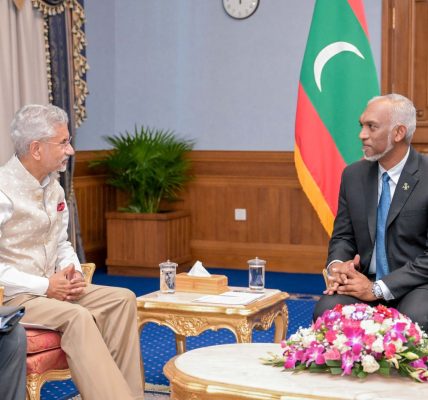Harmonizing Faith and Community: Navigating Noise Pollution Challenges in Uganda’s Religious Realm
In Uganda’s tapestry of diverse beliefs, the symphony of spiritual devotion sometimes clashes with the serenity of communal living. The recent saga surrounding Pastor James Bisoboka, a revered figure in the Pentecostal community, unveils the intricate dance of managing noise pollution within religious settings while illuminating avenues for constructive resolution.
Proverbs 21:23’s timeless wisdom, “Whoever guards his mouth and tongue keeps his soul from troubles,” echoes profoundly in Pastor Bisoboka’s journey. Detained for noise disturbances originating from his church, his experience serves as a poignant reminder of the need for mindfulness in balancing religious fervor with consideration for neighbors.
The initial encounter in July 2023 catalyzed dialogue between law enforcement and religious leaders, emphasizing the importance of empathy and cooperation. However, Pastor Bisoboka’s subsequent evasion and eventual detainment underscore the complexities inherent in enforcing noise regulations within Uganda’s diverse religious landscape.
As events unfolded, they ignited broader societal discussions. President Museveni’s response, spurred by advocacy from Bishop David Kiganda, reflects a commitment to addressing the issue while fostering dialogue among stakeholders.
The president’s probing inquiry into the significance of nocturnal worship prompts reflection on the impact of religious practices on community well-being. It invites religious leaders to explore alternative approaches that honor spiritual devotion while ensuring harmony for all.
In response, Bishop Kiganda’s call for self-regulation within religious communities underscores the importance of internal accountability. Empowering religious leaders to address noise disturbances proactively fosters a culture of mutual respect and responsibility.
However, bridging the gap between regulatory standards and operational realities remains a challenge. The disparity between legal noise limits and practical considerations within religious settings underscores the need for collaborative solutions and ongoing dialogue between authorities and religious leaders.
Despite these hurdles, progress is within reach through constructive engagement. Dialogue between Nema officials and religious leaders demonstrates a commitment to finding common ground and exploring innovative solutions to noise pollution.
Ultimately, Pastor Bisoboka’s narrative serves as a catalyst for broader discussions on the convergence of faith, community cohesion, and environmental stewardship. It calls upon all stakeholders to seek understanding, promote empathy, and embrace solutions that honor both spiritual expression and societal peace within Uganda’s richly diverse religious landscape.






